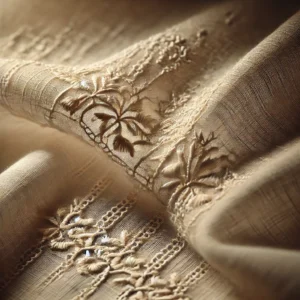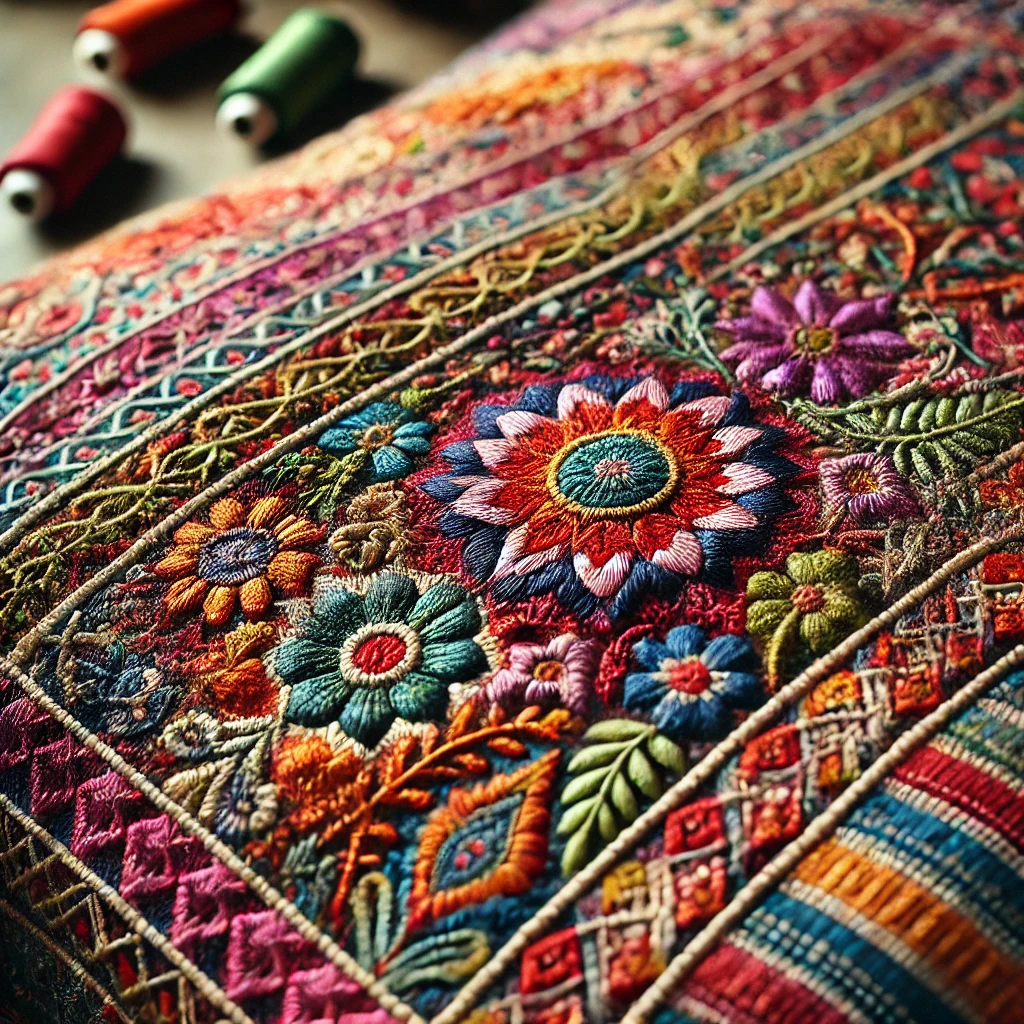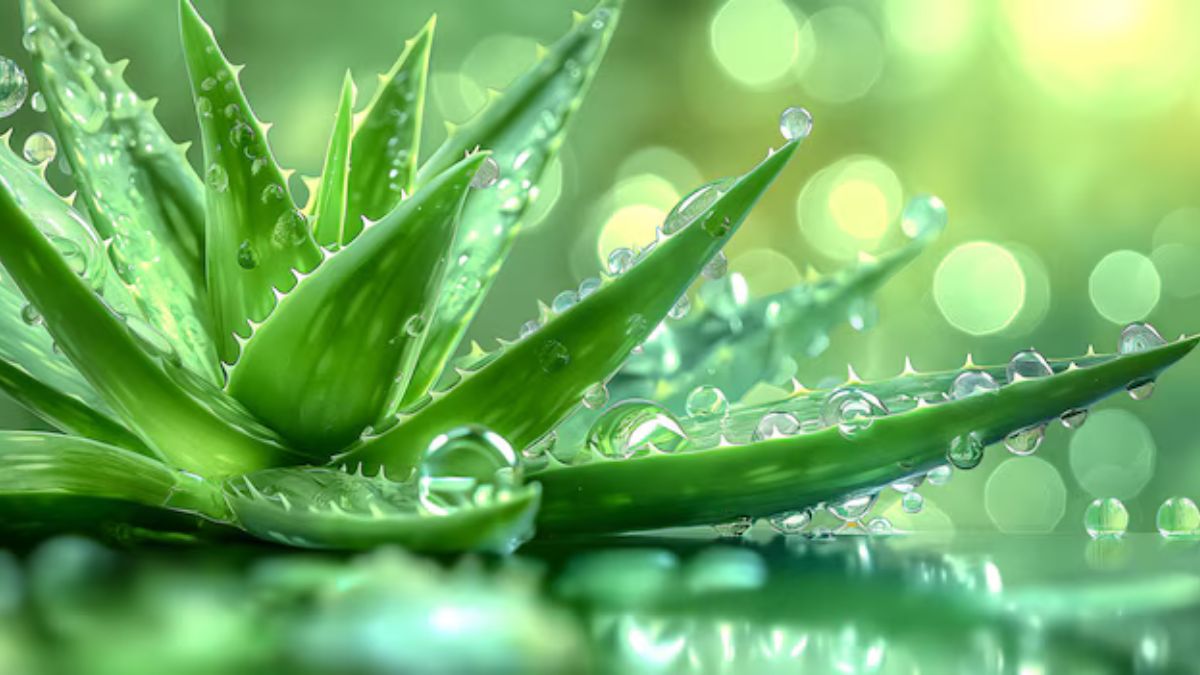India has a rich textile heritage, with each region contributing unique weaving techniques that blend tradition, artistry, and storytelling. One lesser-known yet significant place is Gel Ooru, a village known for its exceptional silk-weaving traditions.
While “Gel Ooru” is not a distinct weaving technique, its artisans are deeply involved in silk production, preserving techniques passed down through generations. This blog explores the textile legacy of Gel Ooru, its similarities with renowned Indian weaving arts, and how its influence shapes modern fabric craftsmanship.
The Silk Weaving Legacy of Gel Ooru
Gel Ooru is recognized for its contribution to India’s silk industry. Not only that, the weavers here specialize in intricate, high-quality silk fabrics, often using techniques that resemble traditional handloom arts from other parts of India.
Some elements of Gel Ooru’s weaving process share similarities with famous Indian textile techniques, such as:
1. Daraz ka Kaam (Invisible Stitching, Lucknow, UP)

- A method where two pieces of fabric are joined with nearly invisible stitches, creating a seamless effect.
- Used in fine muslin, silk sarees, and high-end garments.
- Artisans in Gel Ooru employ similar fine-stitching methods to achieve an elegant finish in their silk work.
2. Rafoogari (Darning & Fabric Restoration, Najibabad, UP)

- A traditional textile preservation method, where worn-out fabric is restored with almost invisible hand stitching.
- Gel Ooru’s silk artisans use delicate re-weaving techniques to maintain fabric strength and aesthetics.
3. Kantha (Storytelling Embroidery, Bengal & Odisha)

- Uses running stitches to create layered, textured designs that often depict cultural motifs.
- Gel Ooru weavers sometimes incorporate narrative-based patterns into their silk creations, much like Kantha embroidery.
What Makes Gel Ooru Weaving Unique?
Even though Gel Ooru does not have a widely recognized textile name, it still stands out for its silk weaving stands out due to its refined techniques and cultural significance.
Key Features:
- Seamless Weaving: Fine stitching techniques result in smooth, high-quality silk fabric.
- Natural Dyes: Many artisans use organic plant-based dyes for eco-friendly textile production.
- Exclusive Craftsmanship: Weaving skills are passed down within families, preserving traditional artistry.
- Custom Designs: Designs intricate patterns inspired by nature, folklore, and local traditions.
The Production Process in Gel Ooru’s Silk Weaving
The handloom silk production in Gel Ooru follows a meticulous, labor-intensive process:
Selecting High-Quality Silk Fibers
- Artisans use locally sourced silk, known for its durability and luxurious texture.
Natural Dyeing Process
- Artisans commonly use indigo, turmeric, and pomegranate peel to create rich, lasting colors.
Weaving on Handlooms
- They weave the fabric using a special technique that ensures a smooth finish and intricate detailing.
Finishing Touches & Quality Control
- The fabric undergoes final polishing to enhance its sheen and durability before reaching markets.
Symbolism & Cultural Significance in Designs
Just like many Indian textile traditions, Gel Ooru’s silk fabrics often incorporate patterns that reflect culture, spirituality, and nature.
Here are some common motifs and their meanings:
| Pattern | Symbolism |
|---|---|
| Peacock Feather | Represents beauty, grace, and Indian heritage. The peacock is India’s national bird and symbolizes royalty. Frequently seen in Banarasi silk, Mysore silk, and Kanchipuram sarees. |
| Tree of Life | A symbol of growth, strength, and prosperity. Used in Ajrakh block prints, Kalamkari, and Pichwai paintings, this motif reflects the interconnectedness of life. |
| Lotus Flower | Signifies spiritual enlightenment, purity, and divine beauty. Common in Kantha embroidery, Kashida work, and Pichwai textiles. The lotus is sacred in Hinduism and Buddhism. |
| Matsya (Fish) Motif | Represents good luck, fertility, and abundance. It is especially prevalent in Madhubani paintings and Bengal handlooms, as fish hold cultural importance in Eastern India. |
Gel Ooru’s Silk Weaving in Modern Fashion
With growing interest in handloom fabrics and sustainable fashion, the silk weavers of Gel Ooru are gaining recognition for their artistry. Designers are incorporating these fabrics into:
- Luxury Ethnic Wear – Silk sarees, dupattas, and lehengas.
- Home Décor Textiles – Cushion covers, drapes, and upholstery.
- Art Installations – Textile-based artworks showcasing traditional craftsmanship.
Consumers today value handmade textiles with cultural significance, making Gel Ooru’s silk a preferred choice for those who appreciate authentic craftsmanship.
Conclusion: Preserving the Legacy of Gel Ooru Weaving
Although “Gel Ooru” is not an official weaving technique, the silk weaving traditions of this region contribute immensely to India’s textile heritage. By recognizing and supporting artisans from such villages, we help keep India’s handloom culture alive for future generations.
Furthermore, if you’re passionate about textiles, consider exploring and investing in handwoven silk fabrics— after all, each thread carries a story, a tradition, and a legacy worth preserving.
Support handloom artisans. Choose heritage weaves!


